Is Knees Over Toes A Proven Method For Knees?
2022-08-28

Going against what has become popular definitely isn’t easy. It is even MORE challenging when you are asking people to do what is more difficult because it is better. Trust me, if selling people something was just why I created DVRT then it would be in my benefit to just go along with a popular trend. However, as anyone that knows me will tell you, I can’t do so if I don’t believe it is the right way to help people.
That is why when I am continuously asked about the idea of placing one’s knees over toes is the best solution to solve knee issues it is just not something I can get on board with. Now, before you call me “old school”, or even “outdated”, let me share with you the fact that I wasn’t against knees over toes well before the idea become popular.
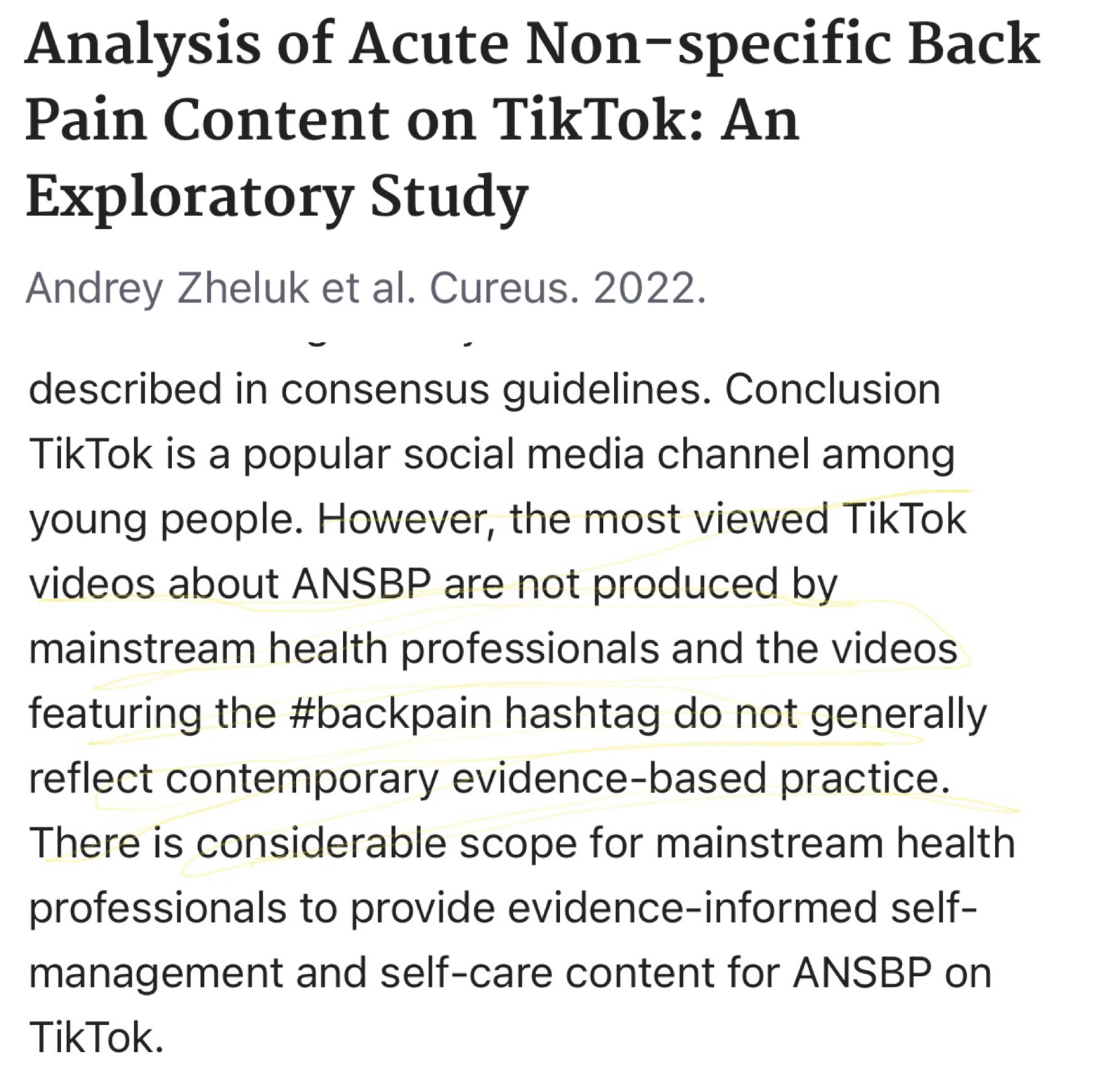
I know it will surprise many that research is now showing a lot of what is popular on social media really isn’t based on any literature about these topics.
In 2000 I had begun an internship with one of the best known strength coaches at the time. His resume included many Olympic and professional athletes and he was the hottest name going. While learning from him he showed a split squat where he emphasized the forward transition of the body that would take one’s knees over toes.

At the time, I had only been out of college and the idea seemed to go against all I had learned. However, he explained to me how it was a progression of the split squat that demanded high levels of ankle and hip mobility. We were increasing the co-contraction of the entire kinetic chain and that started to make sense why it could be so effective.
One of the biggest differences to what he was sharing with me and what is popular now was the focus wasn’t what putting one’s knees over toes did in the idea the knee had to be over one’s toes. It was more if someone could do it well what it meant about their mobility, stability, and ability to integrate many muscles at once.
I share this story with you because I actually have no problem with the knees going over the toes in the right context, goals, and so forth. However, putting one’s knees over their toes does little itself to improve the strength and resiliency of the knee. Before you want to yell at me, let me explain that this is not my opinion but that of A LOT of research.
If you go onto pubmed (one of the biggest online libraries for research) and look up “knee injury” you will get over 52,000 results. That means a heck of a lot of research has been done on many aspects of knee injuries. We actually have a pretty good idea of what causes knee issues, but you are probably wondering if we know so much how come we can’t prevent them more?

Not an exaggeration!
For one, it is important to know that all injuries or areas of discomfort are potentially multi-factorial. There is rarely just ONE thing that is causing issues of the knee unless you experienced a trauma like a car accident or someone taking out your leg during an athletic endeavor.
Like what?
Feet & Ankles
Being animals that stand on two feet definitely makes our movement quite complex and easy to create problems as well. Our feet are how we first make contact with the outside world and standing, walking, running, etc. causes a chain reaction up our entire body starting with our feet. The reason that barefoot training became so popular was due to this very fact.

Later this week we will have more specific posts on all these ideas, but being barefoot isn’t enough in of itself. Our foot needs to learn how to create stability for the rest of our body to work well and not create compensations that can impact many areas of our body, especially our knees.
View this post on Instagram
Working on smarter foot exercises will also help our efforts in building ankle mobility along without our stability of the foot. Like these that physical therapist, Jessica Bento shows
View this post on Instagram
While many people focus on specific muscles when it comes to helping the knees, the truth is A LOT of research points to the fact our ankle mobility is key in having injury resilient knees. How?
The movement of our ankles is part of a chain where if the ankles don’t move well, the next joint (the knees) will try to compensate or become extremely stressed. For example, research shows that knee valgus (knees caving in) can be attributed to ankle mobility restrictions. How we absorb force from jumping or running can also be impacted by our ankle mobility, if it is good we can absorb forces well, if not, those knees are going to take a beating.
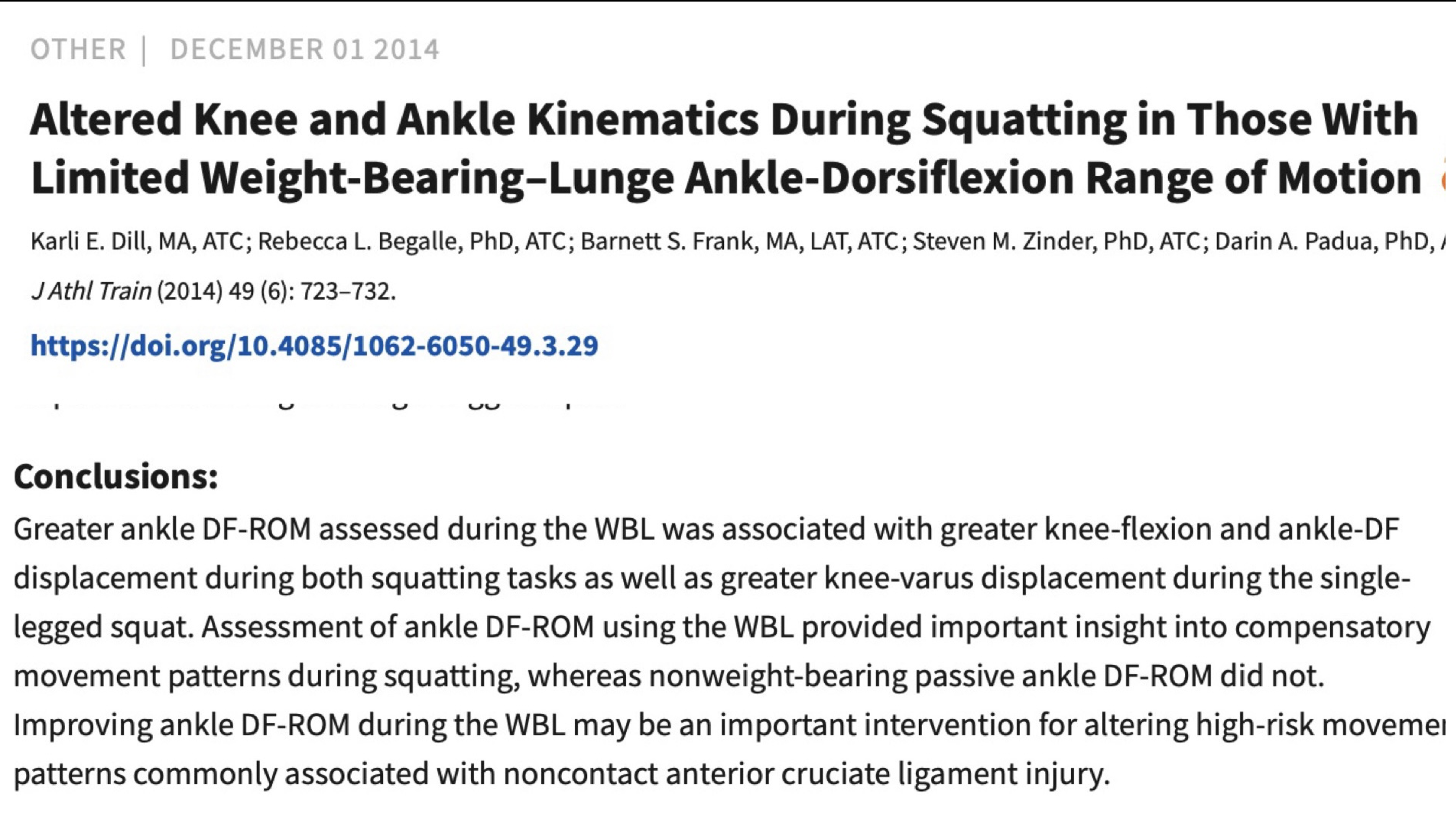
This means if we want to have healthy knees good ankle mobility is an absolute must and while we will get deeper later this week these DVRT exercises are a great start!
All Lower Body Muscles Are Important
It is funny when I was doing my internship and for about a good almost 20 years, most people focused helping the knees by emphasizing the posterior chain (the hamstrings, glutes, and lumbar muscles). This was because this chain of muscles are both huge power producers for the lower body (especially in running and jumping), but they also are big decelerators of the knee.
So many injuries to the knee are non-contact injuries (you didn’t have a direct force trauma to the knee) and many of those are from an inability to decelerate well. If you have watched your favorite athletes or sport you have probably seen someone injure a knee while trying to quickly cut and change direction. This is the perfect example of how an inability to decelerate can cause big injures to the knee.
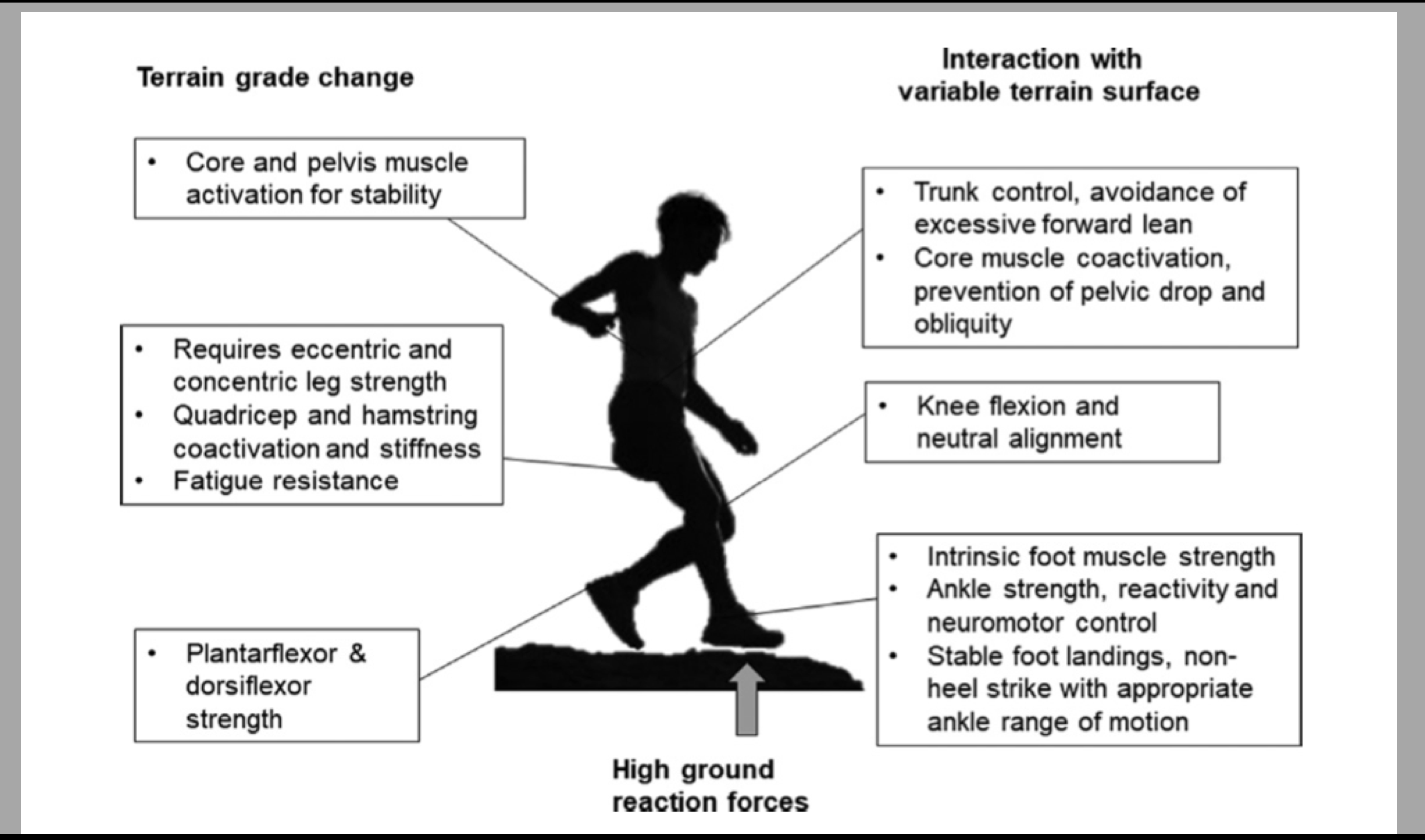
More times than not, people tend to be quad dominant, not hamstring dominate. Funny enough, the talk has reverted back to things I saw in the 90’s with emphasizing the quads far more than the posterior chain. While the quads are important, our imbalance tends to be far weaker posterior chain that quadriceps.
This can confuse many because you have probably been told about this “magical” muscle known as the vastus medialis oblique or VMO. For awhile it has been theorized that because the VMO has a strong influence on the patella that strengthening the VMO would resolve a lot of knee issues.
That quite hasn’t panned out over time in the research (as you can see below) for several reasons. For one, it is VERY hard to isolate the VMO from the other quadricep muscles as you can see from the anatomy picture below. Any form of knee extension is going to involve the whole quadricep group even if you are trying to isolate it on a leg extension machine. However, that isn’t the biggest issue!
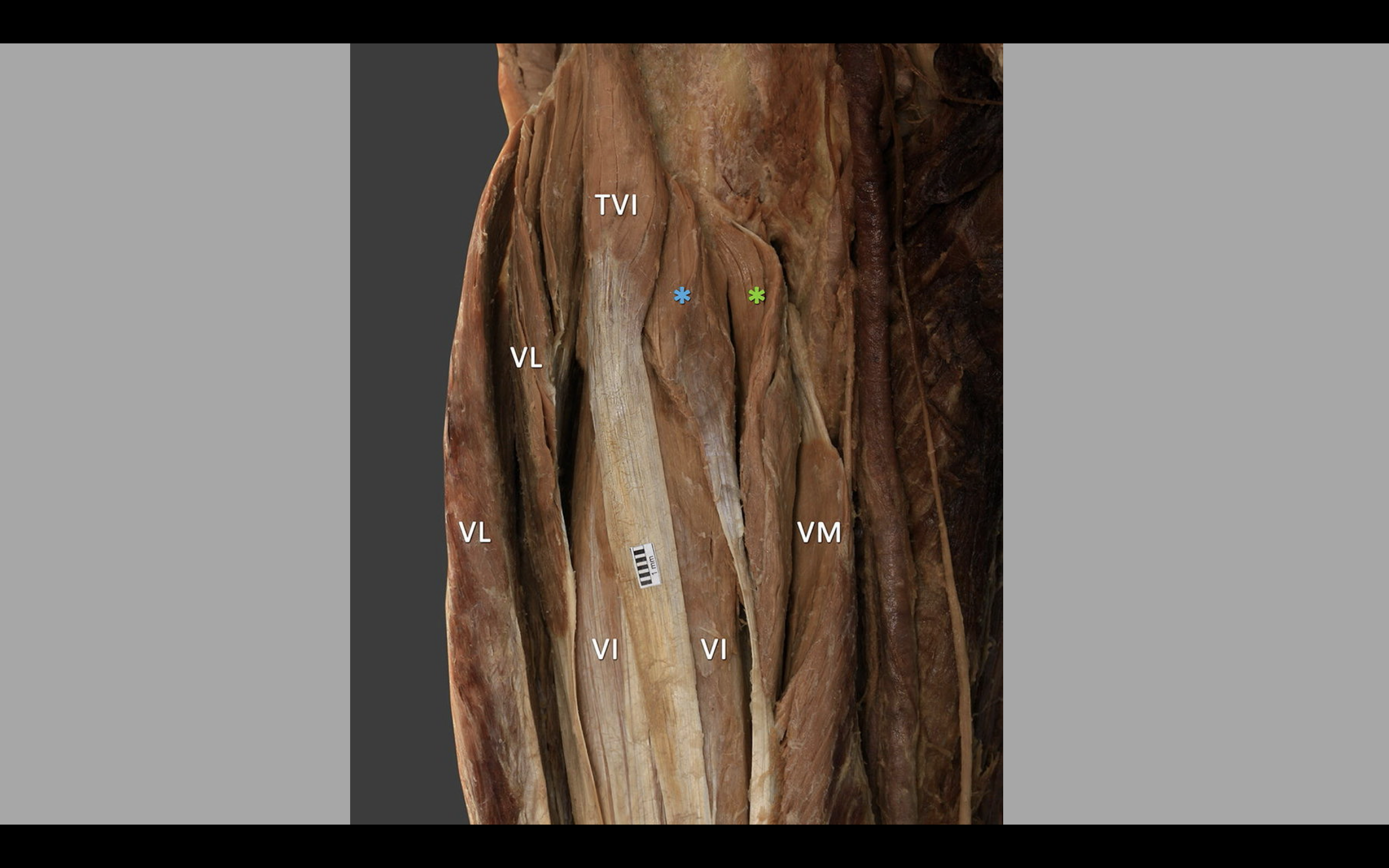
The VM is the VMO that many people like to say is the “secret” to healthy knees, but as you could see being able to prioritize the VMO would be VERY difficult from other quadricep muscles.
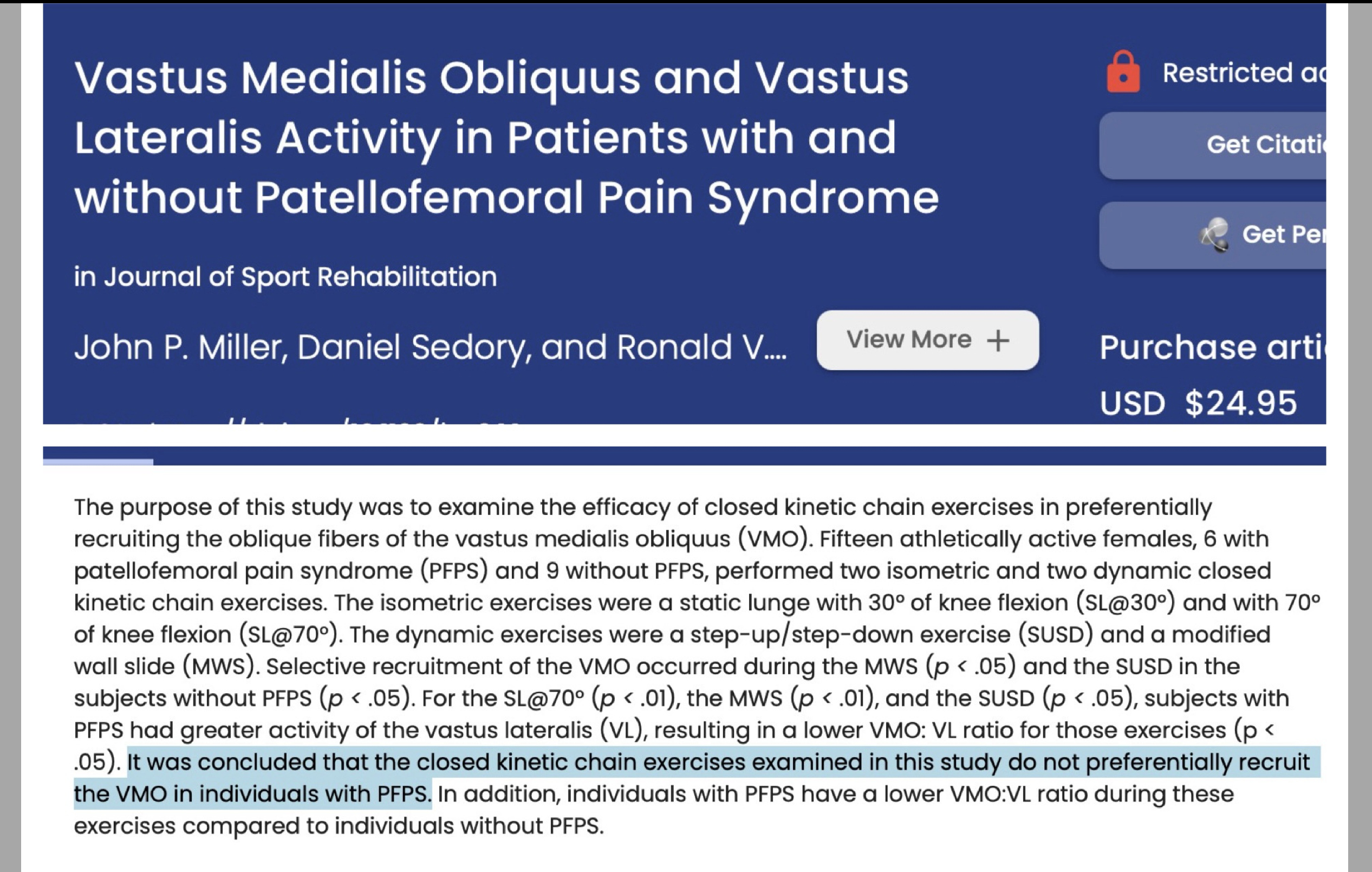
The research has found that it wasn’t necessarily a strength issue of the VMO that was an issue (we like to think everything is a strength issue in fitness), but rather a timing one. This is called a motor control problem rather than a strength one. Well, how in the world do you help a motor control issue? You focus on developing good movement patterns in the hip hinge, squat, lunge, and more. When you move well because you have good balance of stability, mobility, and strength, you generally don’t have any motor control issues.


This is really the just some of the highlights of helping knee issues. Seeing how people weren’t being told exactly the true reasons or methods to making their knee problems better, physical therapist, Jessica Bento and I wanted to put together something that was based on science and our over 25 years of experience.
That is what our new DVRT Knees Over Toes course is all about. We wanted to break down what are the biggest issues facing knee health and how you can address those in smart ways in your training. Our goal was to bring the science to life in this 5 module course and give you answers that are based on real evidence (just like 29 studies we cite).
The rest of the week we will go into more detail into the ideas we discussed here and more so that you can be empowered to help your knee issues or those of others. “Fixing” pain is quite complicated and not always possible in the gym, but we will cover those issues as well. As always, if you have pain make sure you are seeing a healthcare professional first.
We know these are real solutions not just because they are based on science, but our experience in helping real people from all populations become better.
Don’t miss a chance to save 30% on our new DVRT Knees Over Toes program with code “knot” HERE
View this post on Instagram
© 2026 Ultimate Sandbag Training. Site by Jennifer Web Design.






